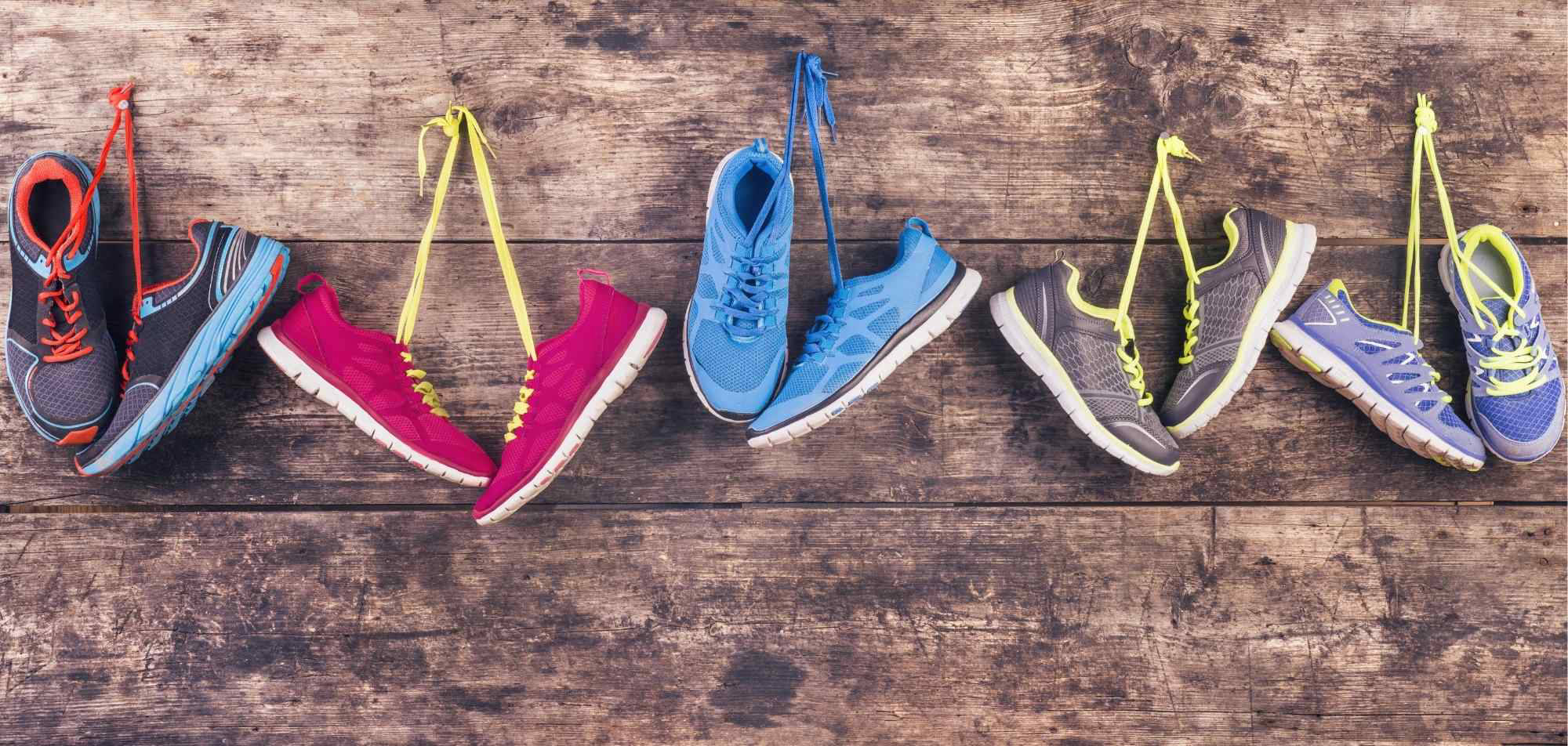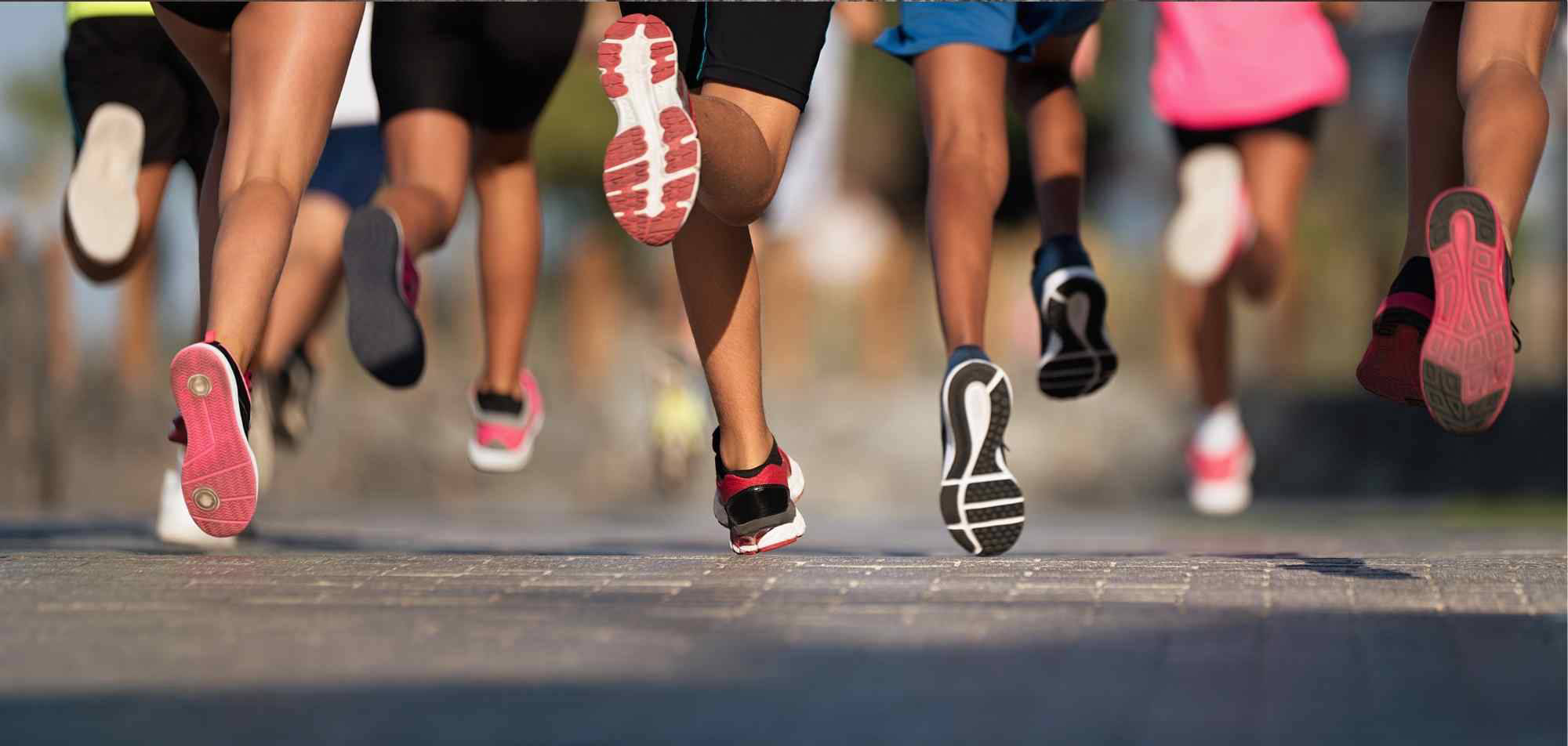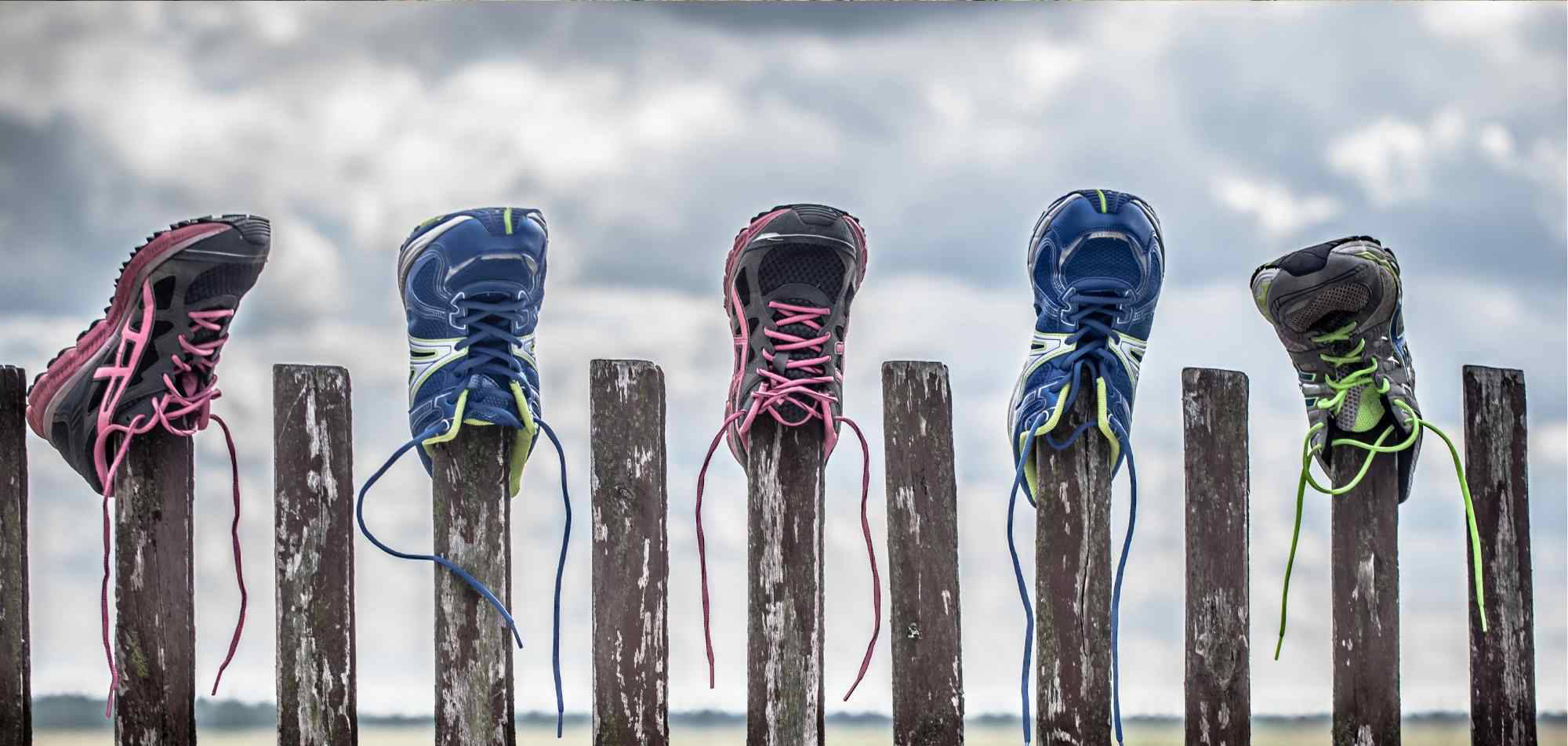Checklist of Signs That It’s Time To Replace Your Running Shoes.
Revere Greist
It's not a matter of time, but a matter of miles. Really?
Most running shoes should be able to cover between 300 and 500 miles (600 - 1000 k) throughout their usable life. If you keep track of the miles you run in each pair, most high-quality running shoes should be replaced this numbers or about four to six months for someone who runs 20 miles per week. If you wear your running shoes casually, those miles also count toward the total.

- Look at the tread on your running shoe’s outsole.
The ball of the foot and heel should leave the deepest footprint, as this is where the most pressure is exerted. Look at the underside of your shoes and check if, like a tire, the tread is still there. Has the tread faded a lot? Is the outsole completely smooth? If this is the case, you need new running shoes. Excessive wear on the front part of your shoe can be a sign of overpronation, which means your foot is turning too far inward as you take each step.
- One of the signs of wear is on the midsole.
Running shoe midsoles are usually made of a foam mix that cushions and returns energy. Like all cushioning materials, midsoles eventually stop springing back into their original shape and you stop benefitting from the cushioning.
If this has happened to your shoes, you’ll see little rips, creases, or folds in the midsole (seen from the outside). This is yet another clear sign that your running shoes are fast approaching the end of their usable life.
- Look at the upper material.
If you see significant wear and tear, it may be time to retire your shoes. In running shoes, this is usually made of light mesh or a similar material.
If there are bobbles or even holes in the upper, you definitely need to consider buying new running shoes, as the upper serves to keep your foot in place within the shoe. If it can’t fulfil its function, you run the risk of injuring yourself.

- Try to feel any bumps in the sole.
Put on the running shoe, wiggle your toes and move your foot around, putting pressure on different parts of it to determine whether the shoe still fits like it used to. You’ll soon be able to feel any bumps in the sole.
One thing is for certain: you shouldn’t feel any discomfort in your shoe whatsoever. If you do, then your shoes may be ready for the bin.
- Do you have new aches and pains?
If you notice that your ankles, knees, or hips get achier after a run, it might be time to get a new pair of shoes. New, unexplained aches and pains can mean that the cushioning in your shoes are worn down.
- The midsole feels tough.
If you press your thumb into the midsole and it feels tough rather than slightly spongy, it means the cushioning has compressed and no longer offers proper support. This is a telltale sign that you need new running shoes.
- The midsole feels too soft and collapses easily under pressure.
You may see longitudinal cracks in the midsole.
- The outer sole has worn through to the white midsole.
- One shoe sole becomes asymmetrically worn compared with the other.
- One or both shoes no longer stand up straight when placed on a flat surface.

Some more useful recommendations.
Do you run in the city, on grassy paths or in the woods?
If you run primarily on the road, your running shoes will wear faster than they will if you run on grass or dirt trails. Running on tarmac puts more of a strain on the outsole of your shoes, wearing them down faster than if you run on softer terrain.
Why not mix it up a bit and go for a run in the park now and again instead of always running on the pavement?
Consider your weight.
Larger runners need to replace shoes more often since the compression of the midsole will be much greater than it is from a smaller runner.
Your personal running style is the aspect that can influence how long your running shoes last.
If you place a lot of your weight on a single part of your foot, it’s logical that the corresponding part of the shoe should wear down faster. You can spot this easily by taking a look at your shoes. Sometimes it’s enough to just place your shoes on an even surface to check if the sole is still even.
Runners who have an efficient stride and are light on their feet will not wear out running shoes as quickly as runners with an excessive heel strike who pound the pavement.
Avoid false economy.
Usually, competition shoes wear down faster than sturdy training shoes because of their different constructions. The quality of the running shoes is also a deciding factor. High-quality shoes are much more likely to last longer than low-quality ones.
Take care of your running shoes.
Clean off mud, grass and other kinds of dirt with a brush or by banging the soles of your shoes together. You can also clean the upper with lukewarm water and a brush. Cleaning your shoes regularly will help them get back to their original shape and condition.

Some videos about cleaning running shoes.
How To Clean Your Running Shoes | Make Your Run Shoes Last Longer (Global Triathlon Network)
How to clean running shoes I Nike Free Run (Swealife)
How to Clean Your Dirty Running Shoes (Simple and easy) (I Run Things)
Rotate two pairs of shoes.
The benefit is greater if you use different shoes because your body gains a slight cross-training advantage as it adapts to subtle differences in shoe design. Shoe rotation also gives midsoles time to decompress and the entire shoe time to dry out.
About the author
Revere Greist
Revere Greist is the COO and Co-Founder of Zihi, AI-based endurance sports training platform. With more than 20 years in endurance sports and Kona AG 8th place he is fond of sport science and the most effective ways to be fit for a race.
MBA, COO
Madison, WI